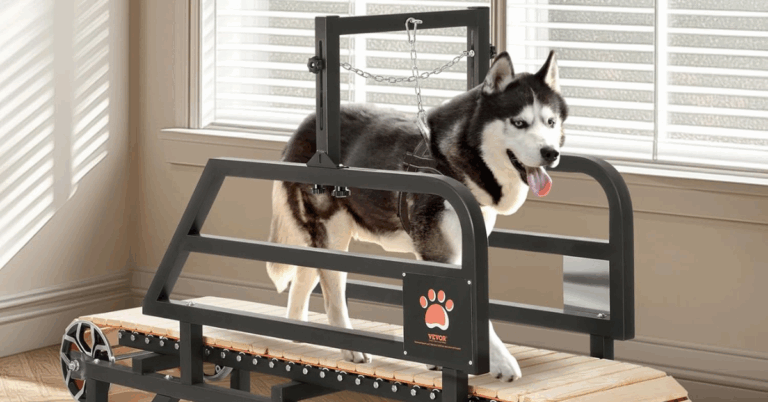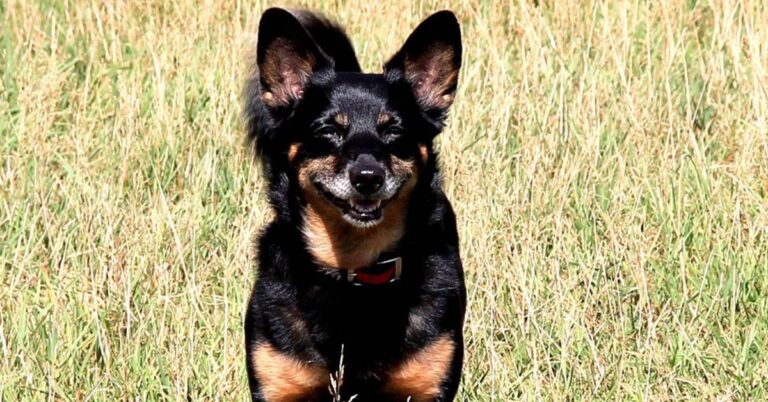15 Ways to Help a Dog That Refuses Food but Drinks Water
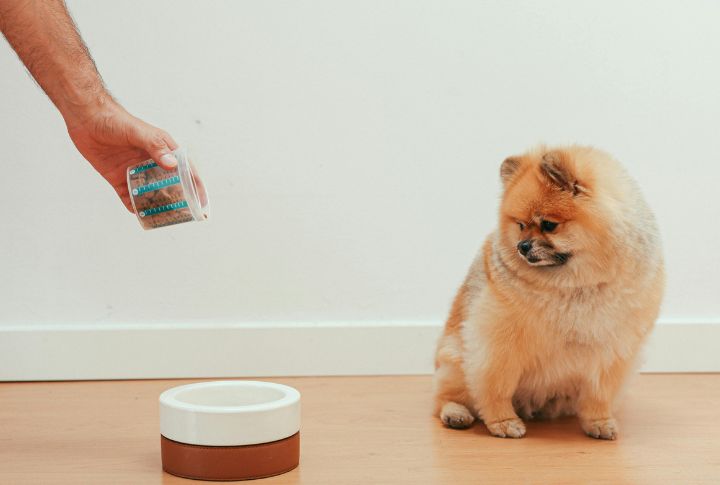
When your dog won’t eat but continues drinking water, it’s natural to feel concerned. Appetite loss could signal issues, such as temporary discomfort or more severe health conditions. Knowing how to respond is essential for your dog’s well-being. These 15 suggestions will help you understand potential causes and solutions for your dog’s sudden eating habits.
Check for Recent Changes in the Diet
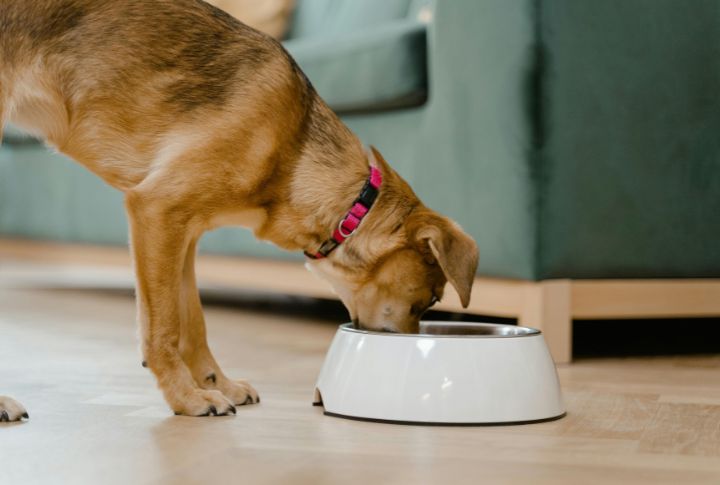
Sometimes, a simple change in your dog’s food can trigger disinterest in ingesting. They may need time to adjust if you’ve recently switched brands or introduced new ingredients. Try offering familiar meals to see if cravings return. Stick with consistent feeding patterns to encourage regular consuming habits in the future.
Examine for Oral Health Issues

Dental problems are a common reason dogs stop eating. Gum disease, tooth pain, or mouth injuries might prevent them from chewing. Scrutinize their oral cavity or schedule a vet visit to check for dental issues. Untreated teeth-related conditions can also lead to infections affecting other organs like the heart or kidneys.
Rule Out Digestive Upset
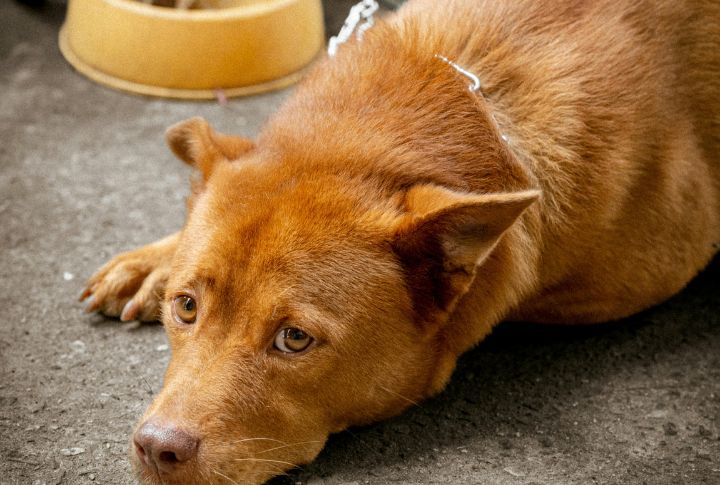
Stomach discomfort often leads to appetite loss, and vomiting, diarrhea, or bloating indicate digestive disorders. It is recommended that they consume a bland diet of boiled chicken and rice that will soothe a dog’s stomach. Avoid giving treats or fatty foods while your dog recovers, as these could worsen the irritation.
Ensure They’re Getting Enough Exercise
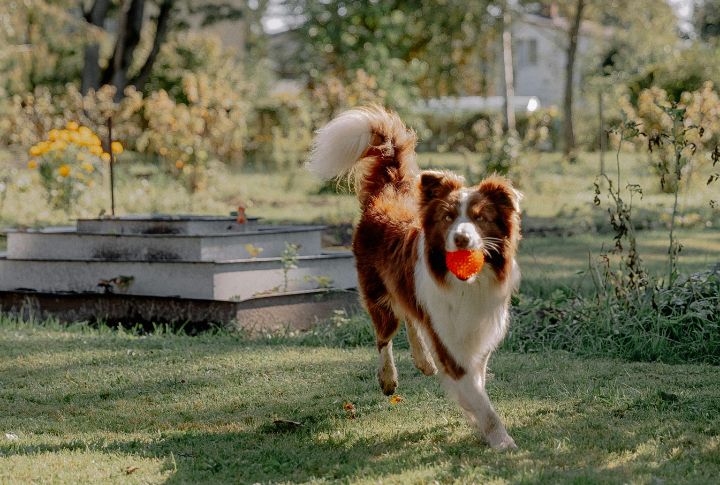
Bored dogs are more likely to consume less food, which can reduce your dog’s desire to eat. Regular walks, playtime, or interactive toys can stimulate their interest in their diet. Ensure they have an outlet for their energy to encourage a healthy feeding routine. Balanced exercise promotes both mental and physical well-being.
Monitor for Signs of Stress or Anxiety
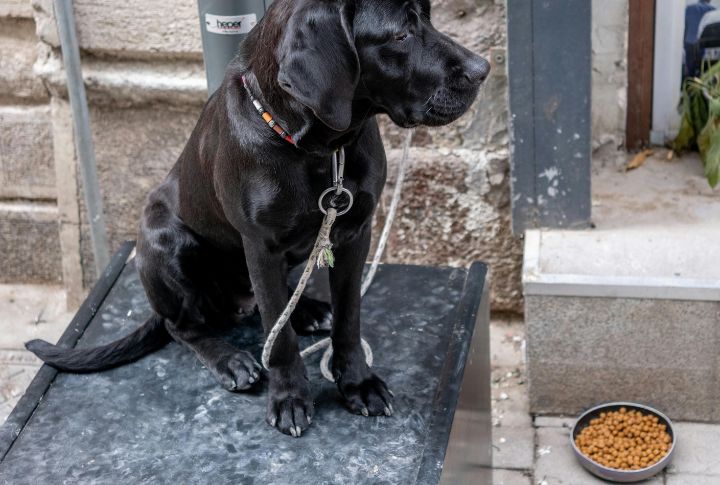
Stressful events can reduce eating drive in dogs. When moving to a new home, adding a new family member, or significant environmental changes, it might upset them. Creating a calm, familiar space and maintaining a routine will alleviate associated stress. Gradually reintroduce everyday nourishment habits to help them feel secure.
Check for Infections or Illnesses
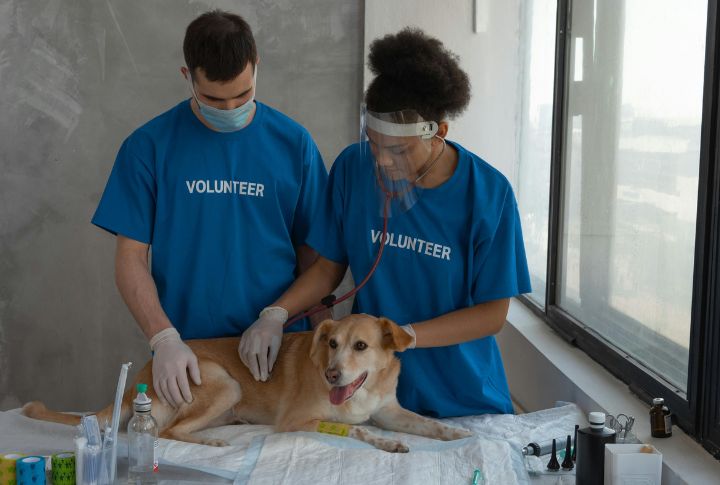
Certain infections or illnesses may cause your dog to refuse food while drinking water. Some signs to watch out for are fever, lethargy, and coughing, among others. Diseases like Lyme or kidney disorders may show subtle symptoms but still affect appetite. Ailments could also trigger digestive issues, such as diarrhea or vomiting, worsening the condition.
Offer Hand-Feeding or Tempting Snacks

When dogs don’t eat from their bowls, hand-feeding can sometimes encourage them. Small pieces of a favorite treat, such as boiled chicken or soft cheese, may entice them to eat. Keep portions small to avoid overwhelming them, and reintroduce regular meals slowly to regain their standard eating patterns.
Check for Signs of Nausea
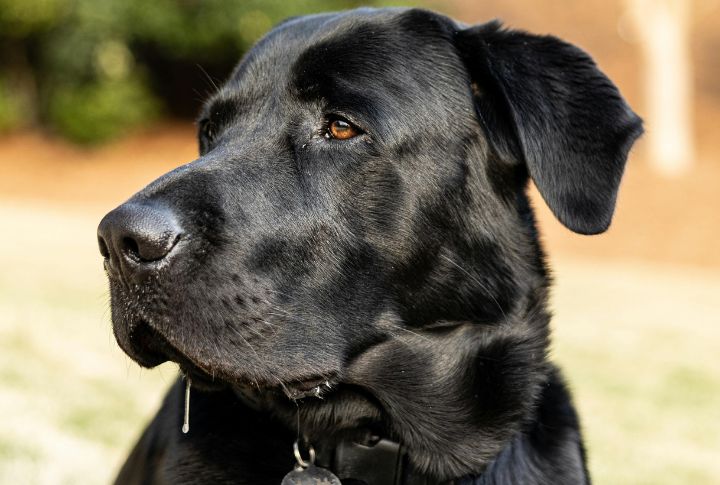
Nausea may often lead a dog to reject food while still drinking water to stay hydrated. Symptoms to watch for include lip licking, drooling, and an unusual sitting posture. Excessive swallowing, gagging, or retching without vomiting are key indicators. Smaller, easily digestible meals help alleviate their discomfort and ease nausea.
Assess for Age-Related Eating Changes
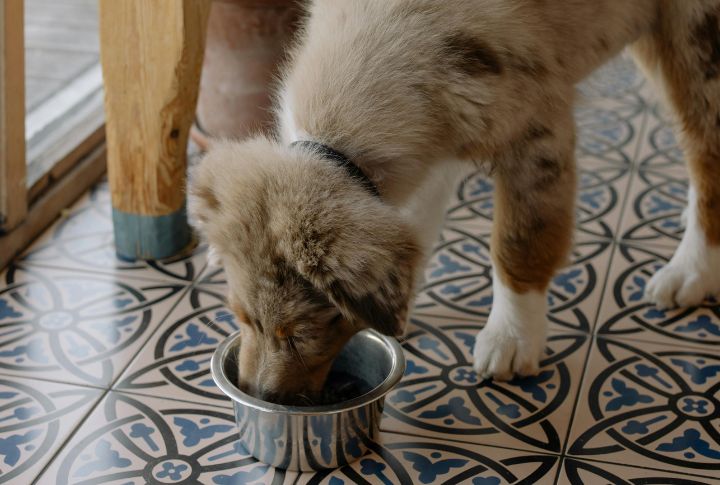
As dogs age, their eating habits naturally shift. Senior ones may eat less due to a slower metabolism or reduced energy needs. Consider offering softer meals or those with added moisture to ease their chewing. Adjusting portion sizes and frequency can also assist in accommodating their evolving dietary requirements.
Test Different Feeding Times

Sometimes, changing when you feed your dog can solve appetite issues. If they aren’t hungry at their usual mealtime, try giving food at a different time of day. Some may prefer consuming in the morning, while others enjoy evening meals. Experiment with various schedules to discover their preferred feeding window.
Investigate Any New Medications
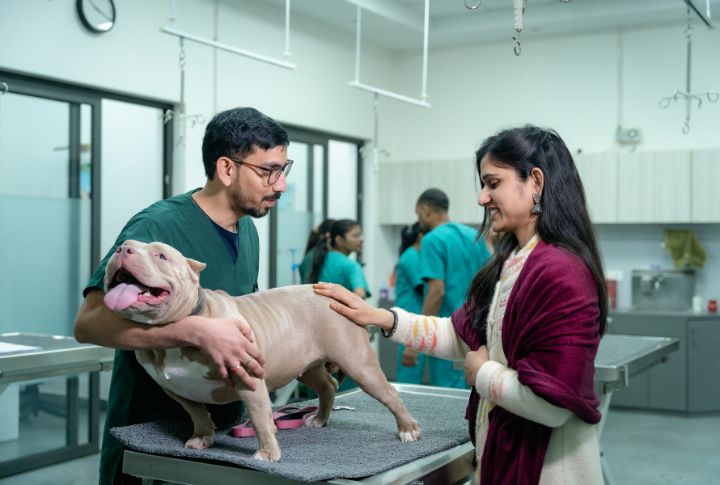
Certain medications could reduce your dog’s hunger. If your dog has recently started a new prescription, check whether loss of interest in meals is a known side effect. Ask your vet if an alternative medication is available or if dosage adjustments can be made. A temporary decrease in eating drive might be resolved once the body adjusts to the medication.
Observe for Food Temperature Preferences
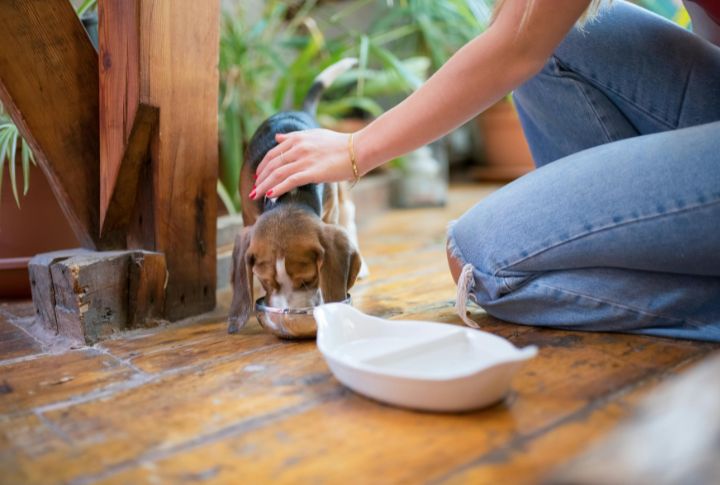
Dogs may only eat food if it’s warm enough for their liking. Serving meals at room temperature or slightly warmed can improve the aroma and appeal of the nourishment. If they typically eat cold meals but now refuse, try offering something freshly cooked or gently warmed to reignite their interest in consuming.
Evaluate Their Environment During Mealtime
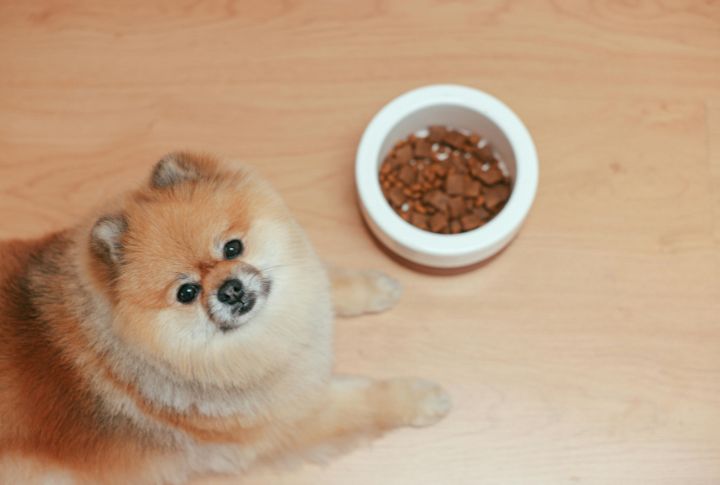
Some dogs are sensitive to distractions or discomfort during mealtime. Noise, new pets, or even an unfamiliar feeding area can cause them to avoid eating. To encourage them to eat peacefully, create a quiet, consistent environment for meals. Reducing environmental stressors will improve both their appetite and overall comfort.
Offer Small, Regular Meals
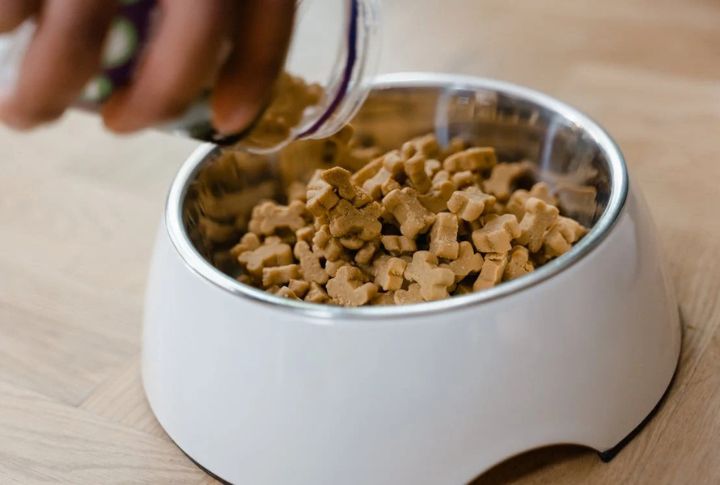
Consider offering smaller meals spread throughout the day instead of one or two large portions. Dogs with reduced food interest may benefit from this approach since it is less overwhelming. Keep portions manageable and avoid force-feeding. Return to a regular eating schedule to help them feel more comfortable with their diet.
Consult a Veterinarian for Persistent Issues
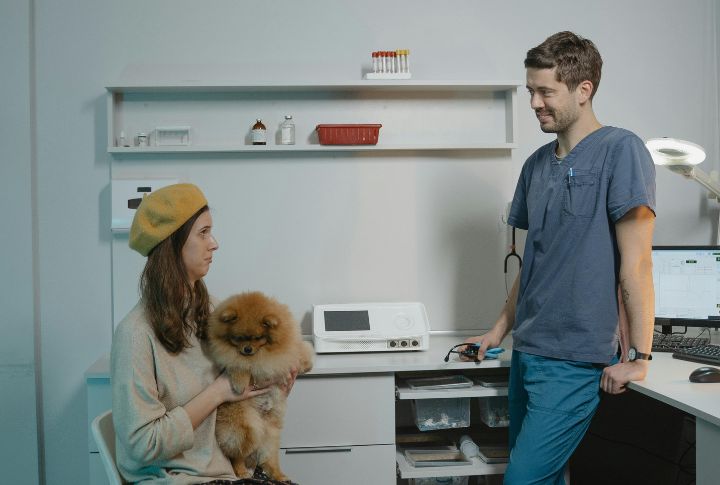
If your dog refuses to eat for more than a day, it’s important to consult a vet. Chronic appetite loss can be a symptom of underlying health conditions, including kidney disease, pancreatitis, or additional serious ailments. Early intervention and professional guidance are essential to effectively identifying and treating the root cause.

